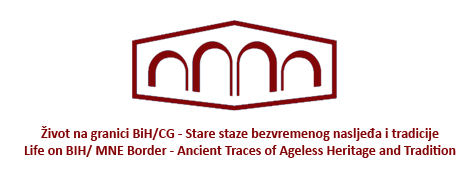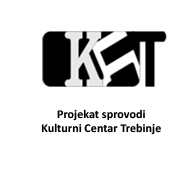IRRIGATION WHEELS ON RIVER TREBIŠNJICA
During his stay in Trebinje in the summer of 1858, French geographer and ethnologist Guillaume Lejean describes “the blue River Trebišnjica”: “Wide but without depth, it spreads its clear surface between cultivated hills and fields, fertilized by its irrigation wheels or norias as they would say in Spain.”
When painting settlement Gradina in Trebinje, in the middle of the XIX century, famous French painter A. des Barres was astonished by its beauty and painted an irrigation wheel on Blace and the famous Maltese irrigation wheel on the opposite river bank.
A Slovenian painter, Jernej Andrejka, captivated by the landscape in Trebinje, said that thanks to the irrigation wheels that draw water from the River Trebišnjica, the landscape resembles a paradise garden within the scorched Herzegovinian karst.
Jovan Dučić, a poet from Trebinje, also described the way he had experienced the wheels in Mrkljani near Gomiljani. These irrigation wheels, beside the city downtown and the Old Town in Trebinje, are the most photographed objects and the most frequently painted motifs as an unfading memory of a visit to Trebinje.
According to an oral tradition, during the pilgrimage to Mecca in the middle of the XVIII century, Mustafa Mujaga Hadžihasanović noticed a device that drew water from the River Nile. At first, he made a wooden model, but as soon as he returned to Trebinje, the famous Hadžihasnović irrigation wheel started spinning.
Shortly after, numerous irrigation wheels were constructed not only on the River Trebišnjica, but on the streams in villages near Trebinje. Construction of this irrigation system has significantly improved agriculture along the banks of the River Trebišnjica.
There were no archaeological surveys of sites with irrigation wheels. A restored irrigation wheel that wasn’t run by water but manpower is exhibited in the Museum of Herzegovina. Those wheels were the first known irrigation system in Herzegovina, used not only on the River Trebišnjica but also on the River Buna near Mostar. Without more detailed insight into their significance and functionality, it is difficult to scientifically elaborate the most important trends in the development of the agriculture of Bosnia and Herzegovina. In the rural and urban landscape of Trebinje, the irrigation wheels still have very important and authentic role, although, nowadays, there are another three significantly more modern and efficient irrigation systems built in the wider area, not just along the banks of the River Trebišnjica.
Latitude: 42.714561, Longitude: 18.35113



